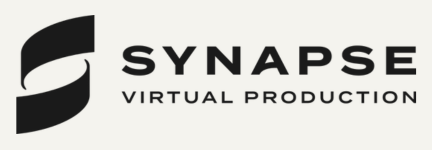
The Business of People

Whether you call them ‘audience’ ‘customer’ or ‘user’, understanding people is at the core to producing the best, most effective work. At our latest Feed Breakfast titled ‘Folk’, I led a panel which comprised of Mimi Turner, Marketing Director of theLADbible, Ian Drake, Director of Customer Engagement at Betsson Group and Sameer Modha, Customer Data Strategist at Mindshare.
I was intrigued to find out what tactics they used to define and understand their audiences and how they fostered that relationship once it was established.
To start, we all agreed on a few simple premises:
Don’t presume you know people. Most of the time you’ll get it wrong, and all it will ever lead to is cliched thinking.
Don’t presume that customers have any loyalty to brands. Accept that a customer will never be monogamous.
Don’t undervalue utility for your customers. People like people that do things for them and make their lives easier.
We then went on to discuss broader topics.
The power of asking questions
Regardless of all the masses of data being accumulated by the second, the best way to understand people, is still, to talk to them.
When Lego started investigating falling sales it used big data to spot patterns. The data said kids weren’t into building things any more and that Lego needed to go digital, so that’s what it did. But sales kept falling.
The breakthrough came when Lego asked a child about his most valuable possession. He said he valued his sneakers most because they carried the marks of his skill as a skateboarder.
That led Lego to realise that they were asking the wrong question. The question was not ‘what are kids doing’, but ‘what do kids value?’
And the answer is toys that will prove their skill and give them cache in the playground.
So Lego went back to its core product – plastic bricks - and invested in appealing to skill.
This saw their business transform from a loss making organisation
It’s the small data points like this that can lead to breakthroughs when big data is failing you, but you have to know how to ask the right questions.
Data needs a human touch
People aren’t machines – they’re human beings and they do things for non-obvious reasons.
There is a famous example of Google using big data to predict flu trends worldwide using its massive database of search terms.
Over time, Google started overestimating flu outbreaks by 50%. The reason?
People were searching ‘flu’ when they’d just got a cold.
Right place, right time
Marketing isn’t static – it moves you from one place to the next. It picks you up and puts you down again. It flows with you.
Find out what state of mind your audience is in when they arrive at your doorstep, work out how you want them to feel when they’re with you and how you want them to feel when they leave.
What state of mind might a person be in at any stage in a journey.
For example, do they have points to redeem? Have they just expressed a preference for something? Are they expecting a reminder or a reward?
With digital channels merging and becoming much more fluid and interchangeable, how you treat people at every single touch point will be crucial.












